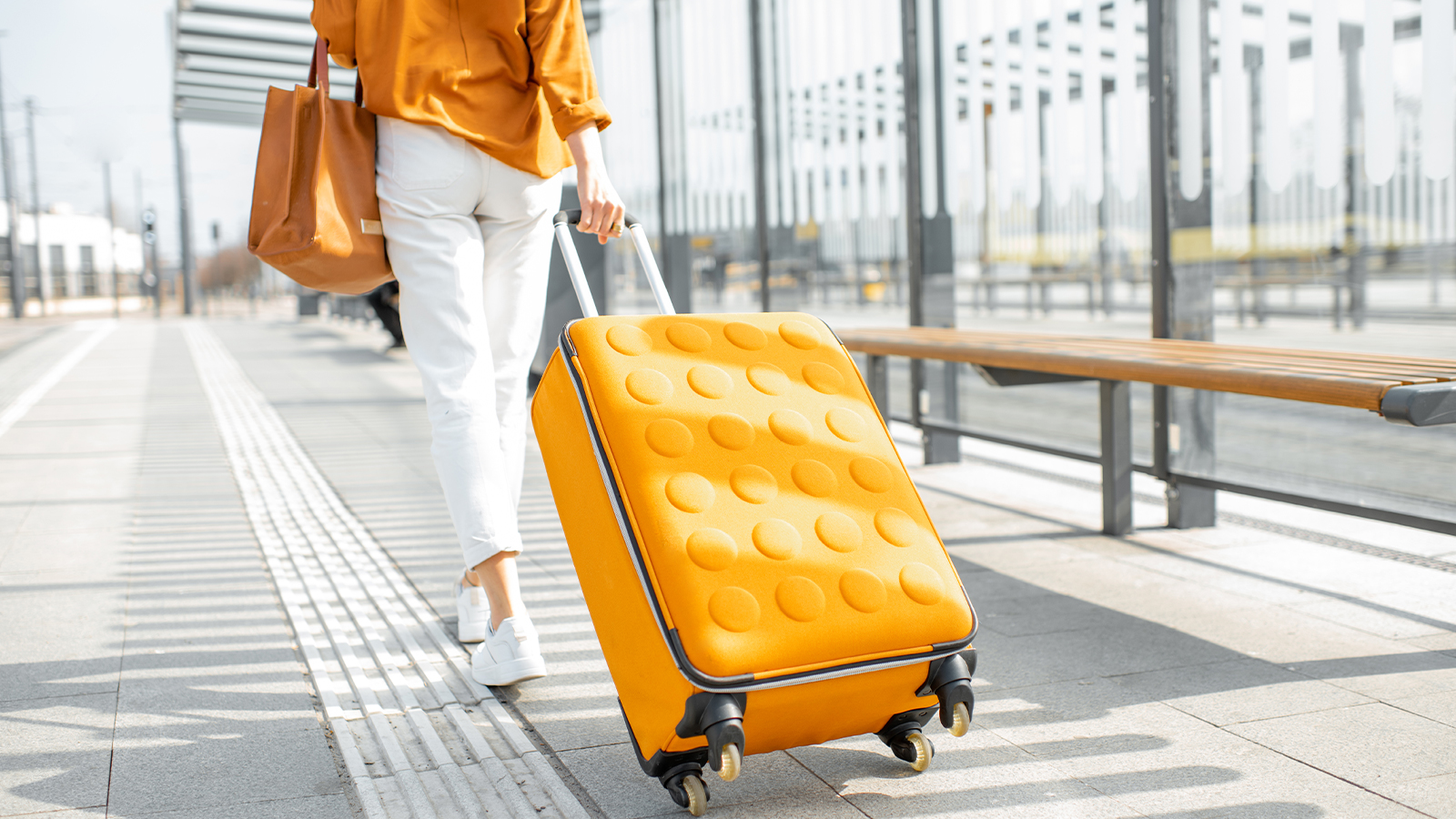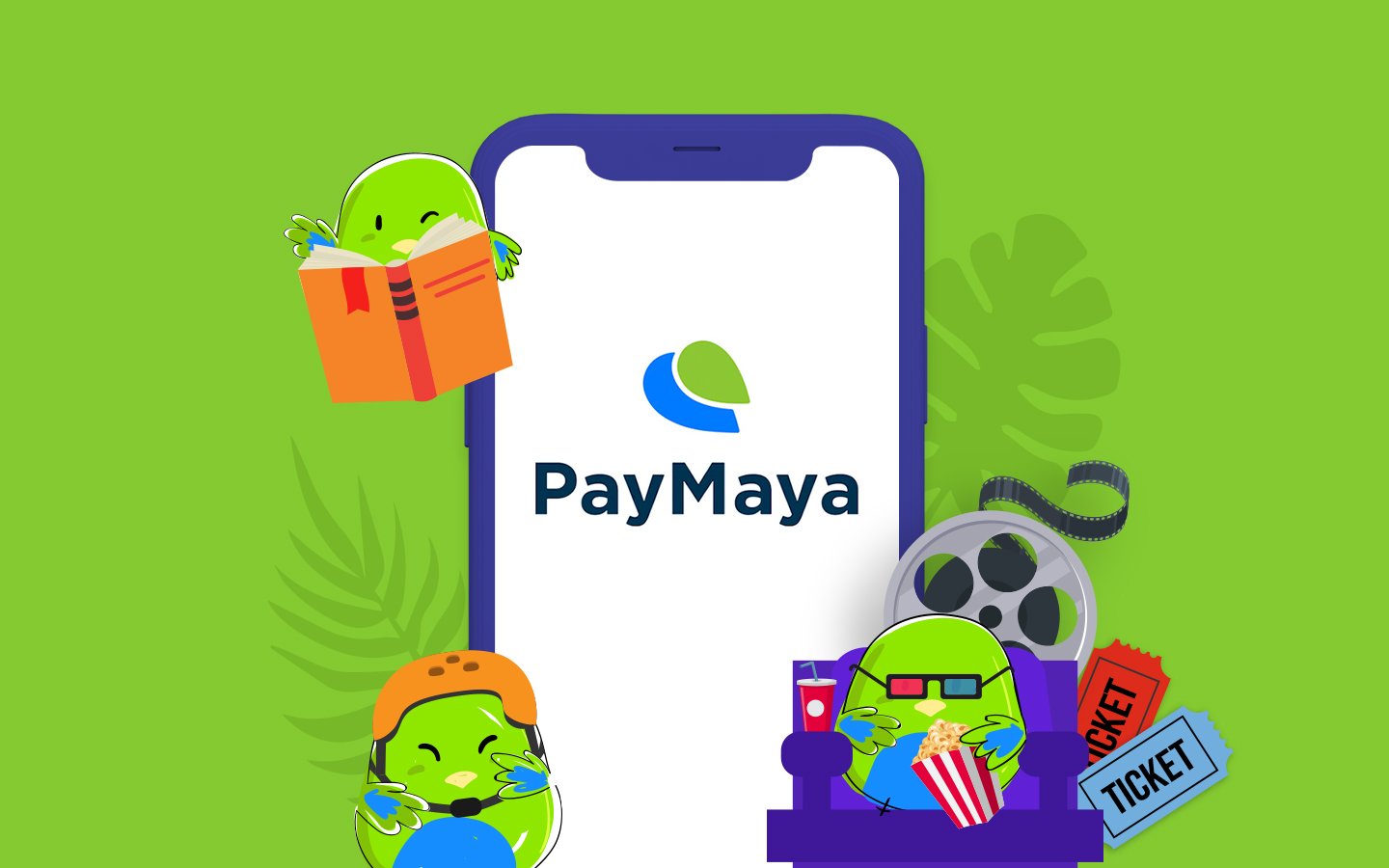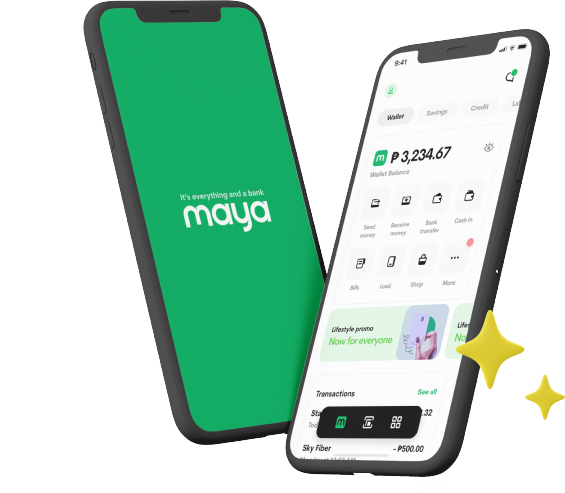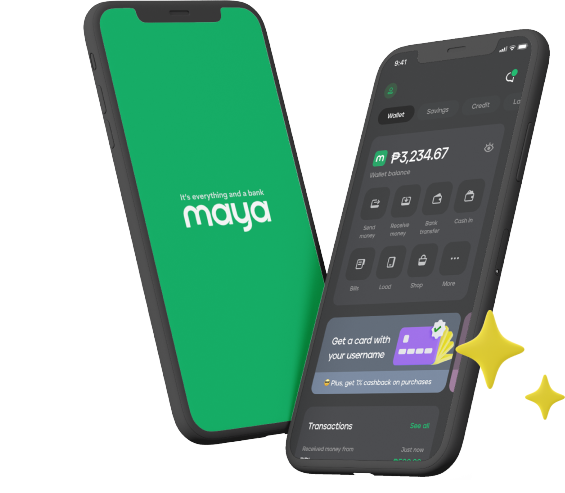
According to the 2019 Survey on Overseas Filipinos, there are about 2.2 million OFWs or overseas Filipino workers. A large percentage of them are in Saudi Arabia, the United Arab Emirates, Hong Kong, and Taiwan.
No matter where they are, however, OFWs and their relatives in the Philippines have always found ways to keep in touch. From a plethora of messaging apps to video calls, OFWs can talk to and even see their loved ones in real time.
However, before advancements in technology and the internet, the ways in which OFWs maintained contact with their families were a little different. Here are just some of them:
Letters
Back then, sending letters was one of the easiest ways to keep in touch with anyone and everyone around the world. OFWs and their relatives were experts at this, sending multiple sheets of bond paper or yellow pad to tell stories and share experiences. Most of the time, the letters were accompanied by pictures.
Some OFWs were even gutsy enough to send money with their letters. These are usually of smaller value, something like small cash gifts for extra school allowance or personal expenses.
Voice Cassette Recordings
Sometimes, reading letters can’t squash the feeling of homesickness felt by OFWs. To complicate matters, overseas phone calls back then were quite expensive. One solution that OFWs found effective was to record their messages through mini cassettes. They would simply talk and talk into a recorder, then send the tape along with their letters. Their families and loved ones would also send a cassette back.
Essentially, this is like the old-school version of voice chats. You might even find some retired OFWs and their families who still have their collections of voice cassette recordings.
Phone Calls
Thanks to the internet, it’s easier and cheaper than ever these days to call your loved ones abroad and vice versa. Just buy mobile data packages or prepaid load and you’re all set. Back then, however, you had to use a landline. Phone companies like PLDT offered IDD (or international direct dialing), but the rates were much higher. For cheaper international phone calls, people had to buy special phone cards.
Before the phone cards were made available, OFWs and their families instead relied on the previously mentioned voice cassette recordings. For those who could afford the cards and had a telephone at home, the times were usually coordinated beforehand through letters. This was particularly important for OFWs in countries with a big time difference with the Philippines.
Text Messaging
When mobile phones became more mainstream, OFWs and their relatives moved on the text messaging for more frequent conversations. The rates were still high, however, sometimes reaching up to Php 50 per text, depending on the country. This was why telcos launched OFW SIM cards. These reduced the cost per text, with common OFW destinations having more affordable rates.
Cash Remittances
There are OFWs who work abroad with plans to migrate in the future. However, a larger percentage of these “modern-day heroes” simply want to earn more money to support their family. As such, one of the best ways that OFWs kept in touch with their relatives was through remittances. For parents, in particular, sending money is like telling their kids “I haven’t forgotten you and I’m providing for you even if I’m far away.”
Nowadays, remittances can be sent and accepted through banks or e-wallets like Maya. However, a few decades back, the best way to send money is through remittance centers or express couriers. No matter how the money is sent, however, kids of OFWs can certainly relate to that feeling of anticipation of receiving remittances.
Balikbayan Boxes
Nowadays, online shopping is the best and safest way to purchase imported products. Aside from online marketplaces, there are also alternative sellers such as buy-and-sell entrepreneurs who have means to acquire hard-to-find items.
Before e-commerce boomed, however, OFWs would ask what their relatives wanted. Then, after a few shopping sessions, they would send balikbayan boxes filled with a random assortment of goods, from canned goods to toothpaste. Of course, there is also an assortment of fashion items like shoes, bags, and clothes. Usually, these balikbayan boxes would come with letters and special bilin about which item is for which relative.
Admittedly, there are still a lot of OFWs who regularly send these boxes to the Philippines. However, it’s comforting to know that you can shop online and not wait for a balikbayan box for your much-awaited imported goods.
Email and Chat
Finally, before the advent of social media networks and messaging apps, OFWs kept in touch with their relatives through email and chat. Yahoo! Messenger was one of the most popular messaging apps years ago, and it was used by more tech-savvy OFWs and their families. Email is also a favorite, especially with the capability to attach multiple photos.
It’s quite interesting to see how much communication has evolved between OFWs and their relatives over the years. One thing hasn’t changed, however: the amount of love and care that goes into every message, no matter what form it takes.
You might also like
These Stories on How-To




